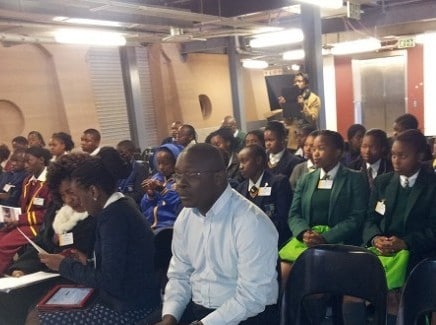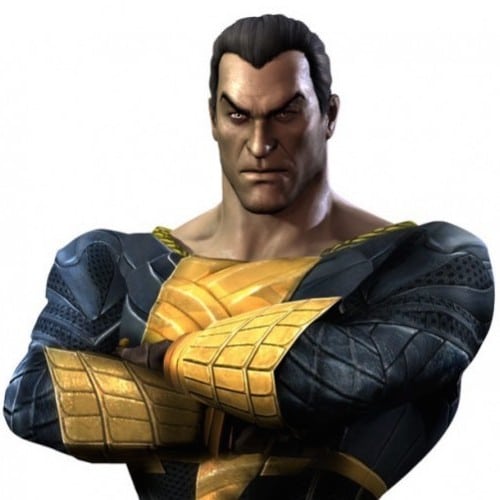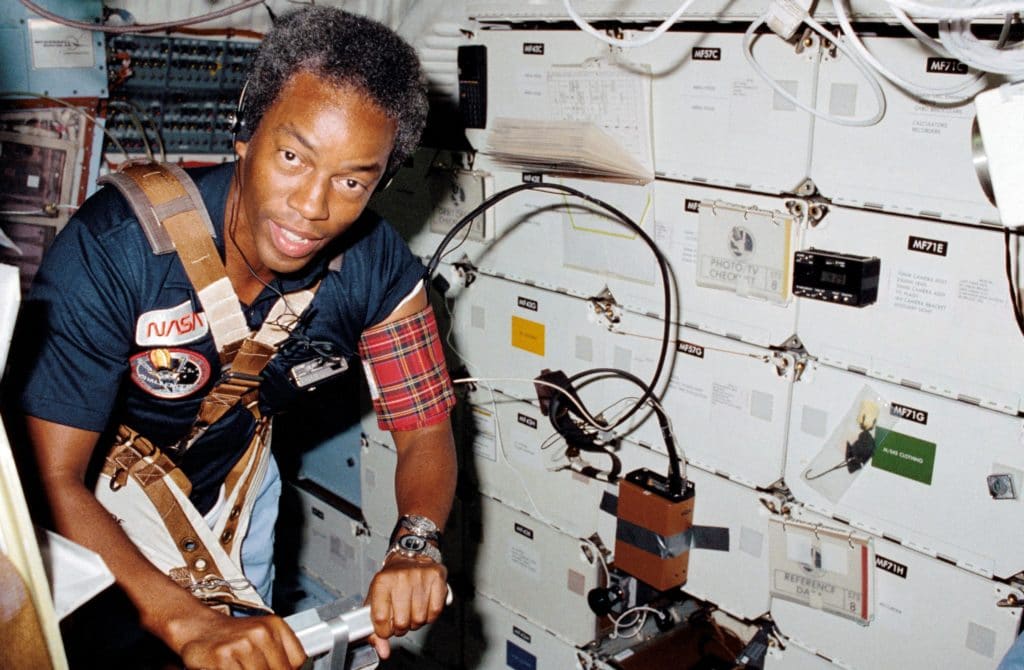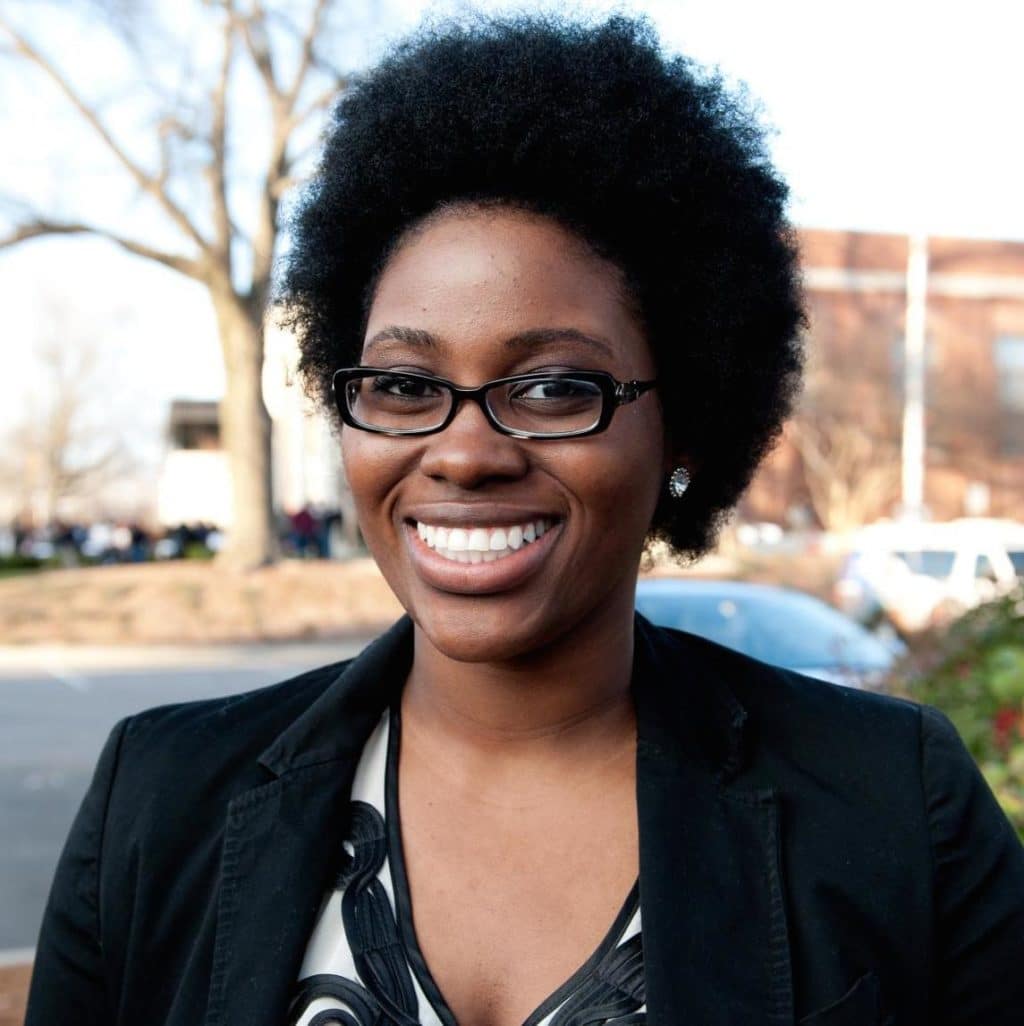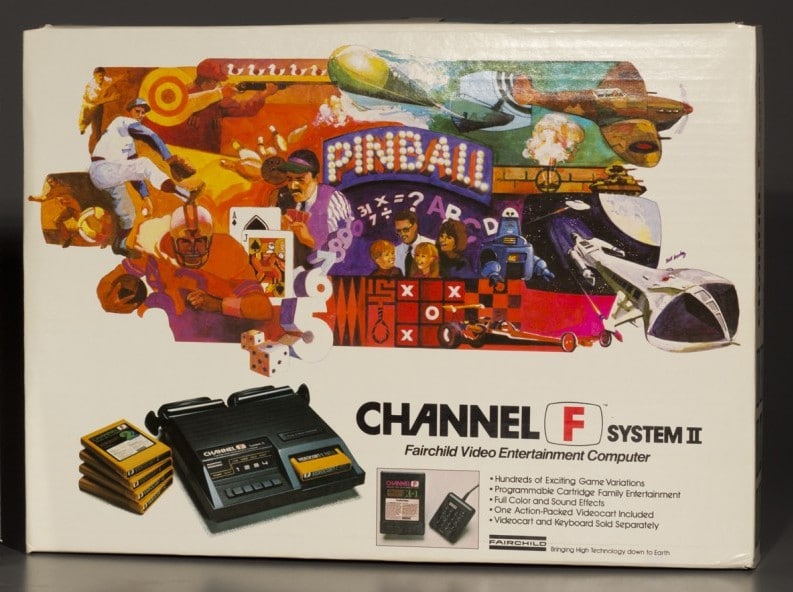A group of high school girls from South Africa, Zimbabwe and Zambia are prepared to revolutionize STEM (science, technology, engineering and math) careers by breaking down the barriers that often leave women excluded from such career paths.
On Aug. 30, the Taungana Movement STEM Expo awarded 30 young ladies with certificates to prove they have been given the skills and knowledge that will allow them to compete with their male counterparts for careers in STEM industries.
The annual expo is part of the Taungana movement that aims to take young African women from rural and disadvantaged communities and allow them to receive the type of specialized training and professional experience that many white males have become accustomed to.
The organization was founded in 2013, making it a relatively new program, but the support for the program has already grown substantially.
Taungana was set up in partnership with South Africa’s STEM IT Forward, TechWomen Zimbabwe and Zambia’s Asikana Network.
The program also boasts impressive partners and mentors from companies like BMW, Anglo America, SAA, Eskom, NECSA, Thoughtworks Africa and the Innovation Hub.
The attendees at the expo were given the opportunity to visit all of these companies and speak to professionals who are already thriving in the fields that the young students hope to conquer one day.
For one of the attendees, 17-year-old Sibongumusa Xaba from Zimbabwe, the program gave her a better idea of what career path she wants to pursue.
“What I enjoyed the most was yesterday’s seminar with Dr. Thenjiwe Hlongwane from a hospital here in Johannesburg because I want to become a gynecologist,” she told Htxt.Africa. “Now I really have a better idea of the career path I have chosen.”
The expo focused on more than just education and training. It also made sure it worked to inspire the girls to conquer all the obstacles they are sure to face as they move forward in their career goals.
As the founder of Taungana, Sandra Tererai from Zimbabwe explained it is not common to see Black women working in STEM careers.
“Being in this industry, usually I’m the only female when I’m at meetings, and it’s very rare to see females in companies’ management,” she said. “I’m typically surrounded by males.”
She then began pondering why there weren’t more women at those meetings and working in those management positions.
“So I started thinking why there aren’t more women at the table,” she said. “Is it that they were never exposed to the industry? The drop-out rate of women studying STEM courses? That’s where the passion to get young girls interested in STEM came from.”
For 14-year-old Chipo Manda from Zambia, the program certainly served as a powerful form of inspiration. She hopes to pursue a career in medicine in the future and said that the expo taught her not to let any major challenges stand in her way.
“Dr. Hlongwane told us that being in medicine is hard, but if that’s what you want to do, then go for it, she really inspired me,” Chipo said.
In the future, Tererai hopes to expand the expo to more countries in Africa and bring in even more students who are passionate about changing the face of STEM careers.

